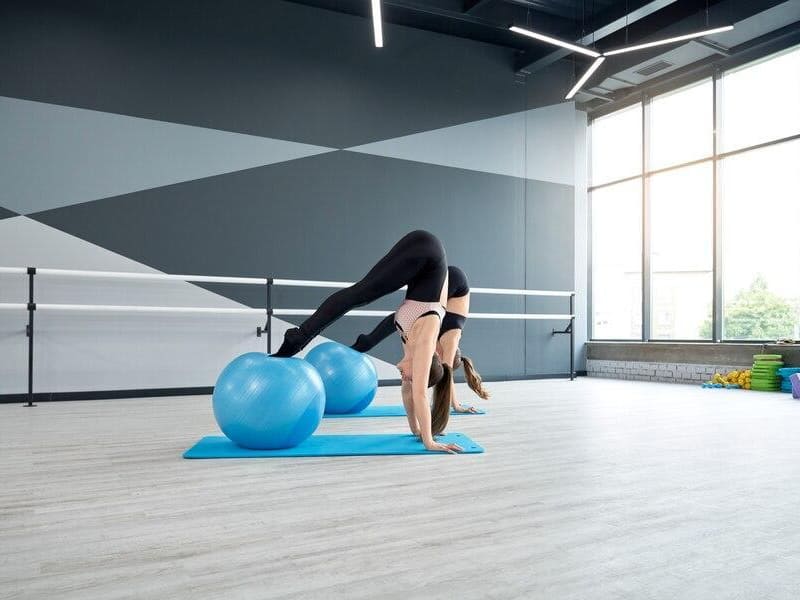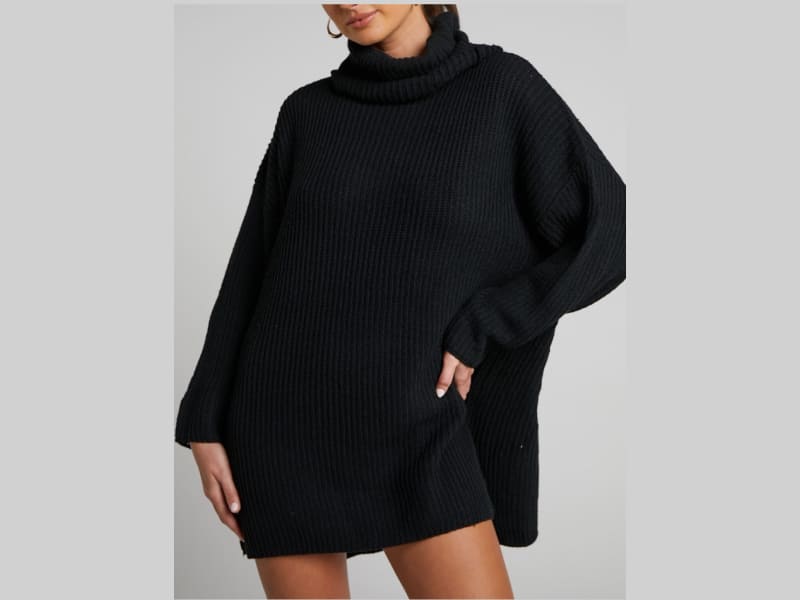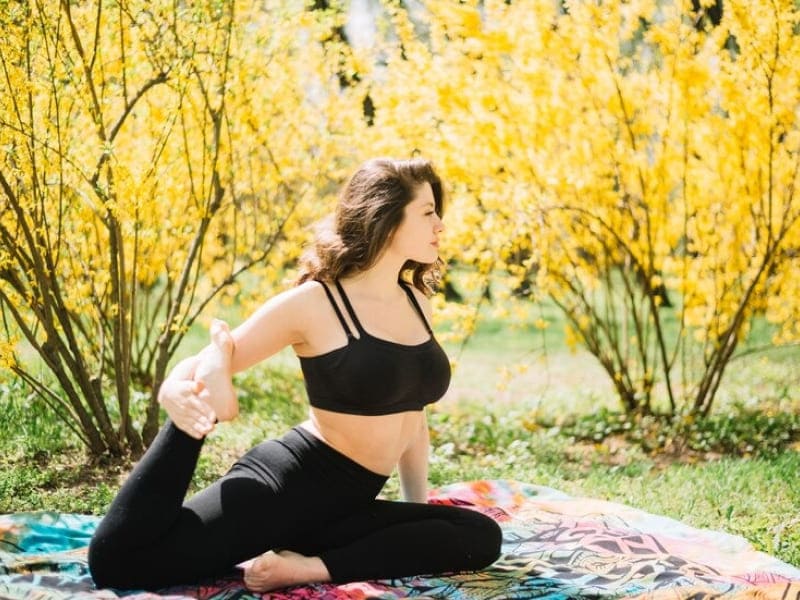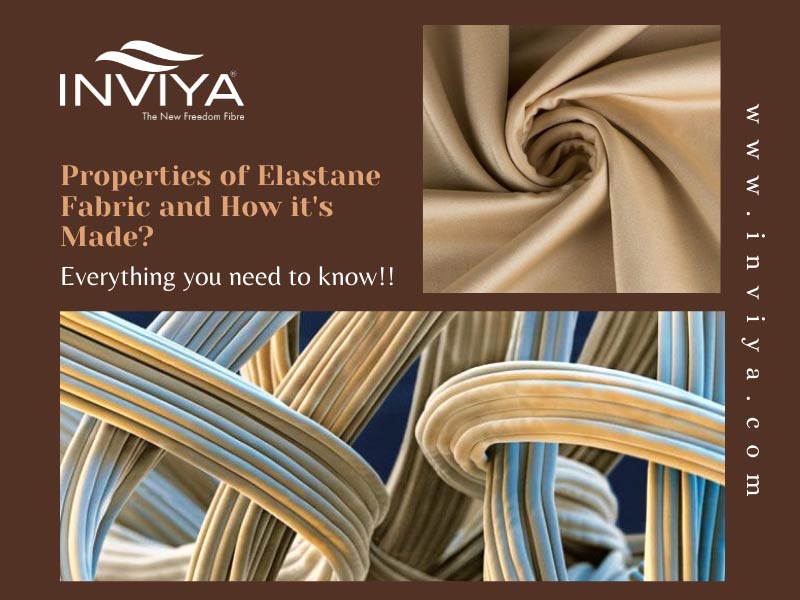
Elastane is a fabric, and it is also known as Spandex or Lycra. Elastane and Lycra are commonly used in Europe, the UK, Australia, and the Middle East; however, Spandex is commonly used in the North American region. It is a lightweight, synthetic fibre commonly used to make clothing such as sportswear.
Elastane is primarily made up of long-chain polymers called polyurethane, which is present up to 85%. Elastane has an amazing stretching ability, and it also comes back to shape when released. The fibres are strong and versatile, normally lighter than rubber, making them superior.
Production of Elastane
Production of this fibre generally consists of six steps and three phases. Elastane can be made in 4 different ways, and they include melt extrusion and reaction spinning, solution dry spinning, solution wet spinning, and last one is solution drying spinning and solution mixing.
The three phases involved in making this fabric include polymer reaction, fabricating the fibre, and the final processing. Most of the production methods are considered inefficient, which is why dry spinning solution is better and frequently used to produce approximately 95% of the world’s elastic supply.
The process starts with producing a polymer that functions as the basis for forming elastane fabric. This step is accomplished by mixing macro-glycol with a diisocyanate monomer in a particular type of vessel. When the conditions are favourable, these two chemicals interact with each other to form a prepolymer.
You should maintain the ratio between these two substances, and this is the most critical step; most commonly, a glycol to diisocyanate ratio of 1:2 is used. After using the dry spinning process, the prepolymer is then reacted with a diamine acid, and this is done by a method known as a chain extension reaction.
Later on, this solution is diluted with the solvent making it easy to handle. Then, it is placed inside a fibre production cell—the cell Spence for producing fibres and covering the elastane material. The mixture is pushed through a spinneret, a device similar to a showerhead and has many tiny holes.
Converting the solution into fibres which are later on heated with nitrogen and solvent gas solution. It is done for performing a chemical reaction that forms liquid polymers into solid strands. They have then collected altogether as they leave the cylindrical spending cell and are compressed also.
Fibres get twisted and converted into different thicknesses and can be used in clothing and other applications. In addition, magnesium stearate or a different polymer is also used to treat the elastic material as a finishing agent. It is mainly done to prevent the fibres from sticking with each other. Then the fibres are transferred to a spool where they are dyed or woven.
Properties of Elastane
Important characteristics of this fabric are that it is extremely lightweight, smooth, soft, and that is why it is used in making clothes, particularly sportswear. In closing, this fibre prevents sagging and bagging and is also very scratch-resistant. The fibre is very strong, durable, and more stretchable than rubber.
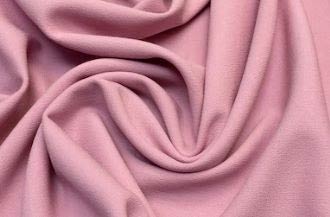
Elastane is very resistant to damage by body oils, lotions, sweat, or detergent, so the outfits are made up of fabric we use for strenuous exercise. The most amazing ability of the fibre is that you can stretch it repeatedly, and it can recoil very easily to the original shape. You can dye elastane very easily and in different colours of your choice.
Elastane is widely used in making athletics sportswear, including swimwear, exercise wear and cycling suits. It is also used for making accessories like belts and gloves, socks and tights. In addition to this, you can also find skinny jeans, shorts, ski pants, and yoga leggings made up of elastane in the market.
Read More: Is Spandex The Same As Neoprene?



